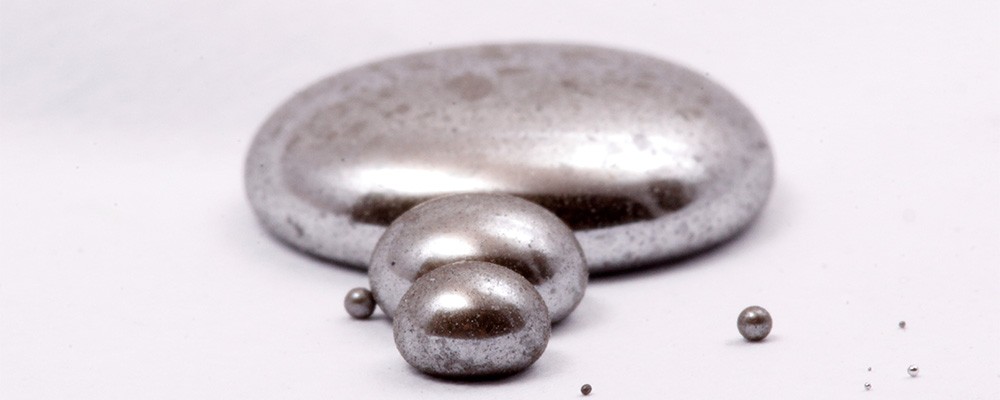Filter
Looking for something?
If you do not see anything that suits your needs, please get in touch with your requirements.
Custom EnquiryMercury is used in thermometers, barometers, manometers, sphygmomanometers, float valves, and other scientific apparatus, though concerns about the element's toxicity have led to mercury thermometers and sphygmomanometers being largely phased out in clinical environments in favour of alcohol-filled, digital, or thermistor-based instruments. It remains in use in a number of other ways in scientific and scientific research applications, and in dental amalgam. Mercury is mostly obtained by reduction from the mineral cinnabar.
Mercury occurs in deposits throughout the world and it is harmless in an insoluble form, such as mercuric sulfide, but it is poisonous in soluble forms such as mercuric chloride or methylmercury.
